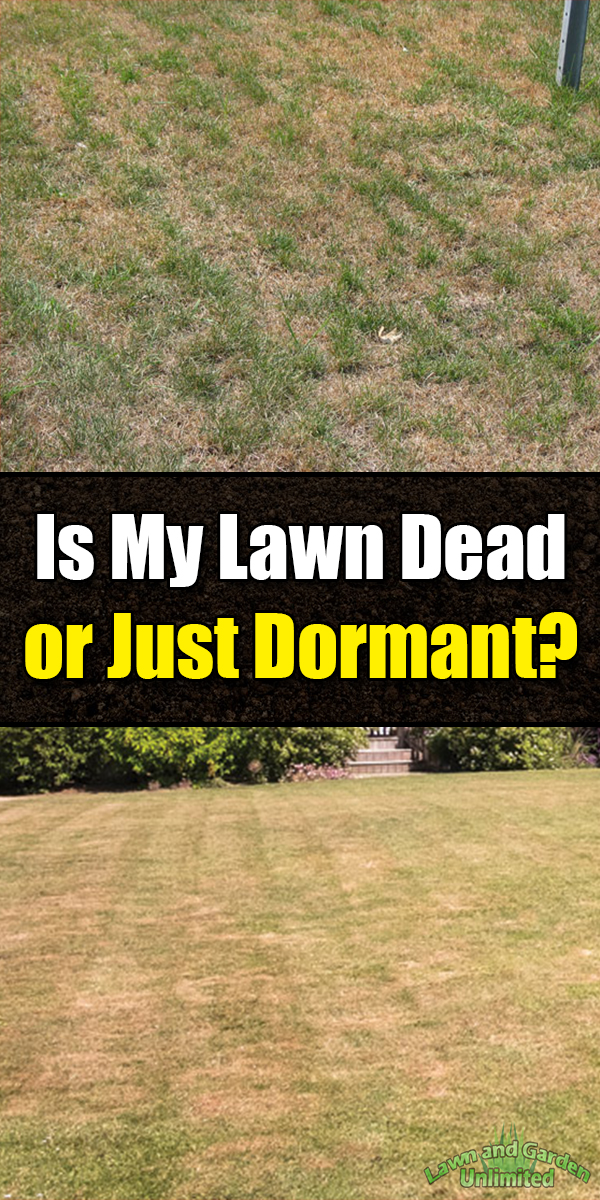![]() When you look out over your lawn and see that it is beginning to turn brown, your first concern may be that you have let your lawn die, but that is not always the case. Lawns, like other plants, can go dormant after they experience tough conditions or do not get enough water.
When you look out over your lawn and see that it is beginning to turn brown, your first concern may be that you have let your lawn die, but that is not always the case. Lawns, like other plants, can go dormant after they experience tough conditions or do not get enough water.
What is Dormant Grass?
Dormancy when it comes to grass can be thought of as your lawn simply going to sleep. This often happens during the ultra-hot summer months and during the chilly, brisk season of winter. The harsh conditions are responsible for the grass going dormant in an effort to protect itself. When the grass goes dormant throughout winter, it is shutting itself down and turning brown in an effort to conserve as many nutrients as possible, as well as water.
When grass goes dormant in the summer, it turns a similar shade of brown and does so under the stress of drought and sweltering heat. It is able to stay dormant for as long as three to four weeks at a time without actually dying, but if the drought extends past that window of time, it is likely that it will die with time. Regardless of the season or cause, dormant grass is unpleasant to look at, but luckily, when conditions are improved, this grass can spring back up to green life again.
Reviving Dormant Grass
Trying to determine whether or not your grass is completely dead or just dormant can be difficult to do by sight. One of the best ways to figure out this issue is to just water it. For a few days, you will want to water it heavily and regularly. If the lawn is dormant, it should trigger the blades to come out of their dormant state. When you are trying to revive your lawn, do your best to limit the foot traffic across it, as this may damage the roots of the dormant grass and make it difficult to grow in the spots that it is stepped on.
Try to take a break from mowing your grass, as the longer the blades are, the more shade your grass will get to wake up properly. Not only this, but the longer blades of grass will also help the moisture to not evaporate prematurely in the heat, making the most out of your watering efforts.
Repairing Damaged Grass
After you have watered the grass you may notice there are some patches that just won’t grow or keep their brown color. One of the best ways to fix this is to sod the land. In order to do this, just rake and remove any dead, brown grass and lay down a nice layer of top soil before leveling out the area. Then, lay down the sod and begin to water it immediately and regularly.
Just because you see some brown on your lawn doesn’t mean all of your hard work maintaining it was for not. Check to see if your lawn is dormant and start working on getting it back to its healthiest state right away.
